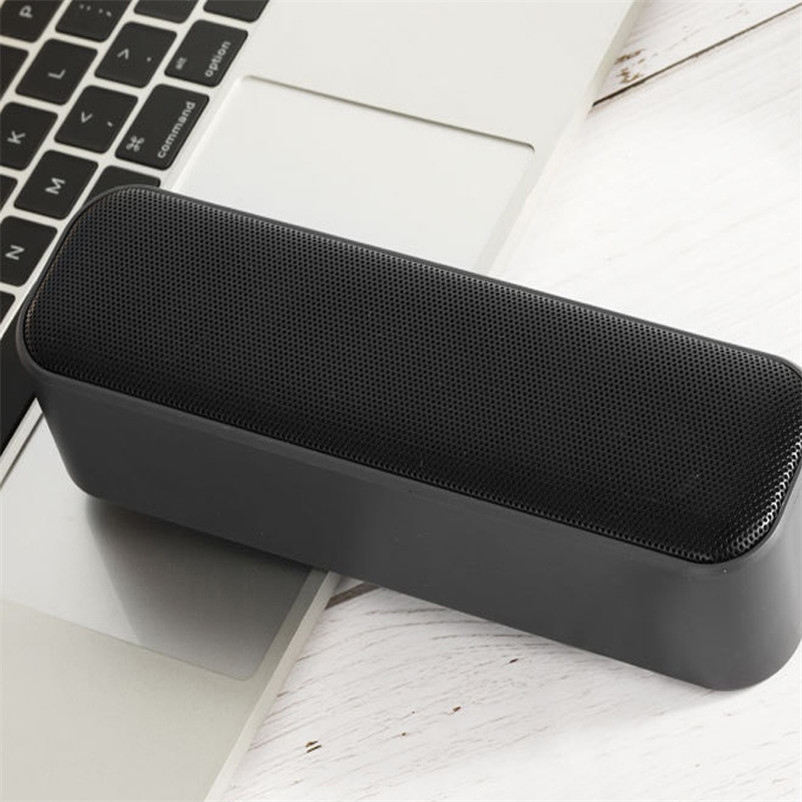There are many professional terms for LED display . The peers who have just touched LED are often unclear what they mean. Below, I have compiled relevant terminology explanations to help you understand the principle of LED products and quickly grow into the "industry" of LED.
1, LED brightness
The brightness of a light-emitting diode is generally expressed by Luminous Intensity in units of candela cd; 1000ucd (micro-candela) = 1mcd (millicandela), 1000mcd = 1 cd. The light intensity of a single LED for indoor use is generally 500ucd-50mcd, while the light intensity of a single LED for outdoor use should generally be 100mcd-1000mcd or even 1000mcd or more.
2, LED pixel module
The LEDs are arranged in a matrix or pen segment and are pre-formed into standard sized modules. Indoor LED display commonly used 8*8 pixel module, 8 word 7-segment digital module. The outdoor display pixel module has specifications such as 4*4, 8*8, 8*16 pixels. The pixel module for the outdoor display screen is also referred to as a header bundle module because each pixel is composed of more than two LED tube bundles.
3, pixel and pixel diameter
Each LED lighting unit (dot) that can be individually controlled in the LED display is called a pixel (or pixel). The pixel diameter ∮ refers to the diameter of each pixel in millimeters. For indoor displays, one is usually a single LED with a circular shape. The indoor display pixel diameter is commonly found in ∮3.0, ∮3.75, ∮5.0, ∮8.0, etc., with ∮3.75 and ∮5.0 being the most.
In an outdoor environment, in order to increase the brightness and increase the line of sight, one pixel contains more than two cluster LEDs; since two or more cluster LEDs are generally not circular, the outdoor display pixel diameter is generally expressed by the average spacing of two or two pixels. : 10, 11.5, 16, 22, 25.
4. Point spacing, pixel density and information capacity
The center distance or dot pitch (DotPitch) of two or two pixels of the LED display screen; the number of pixels per unit area is called pixel density; the number of display contents contained in a unit area is called information capacity. The essence of these three is to describe the same concept: the point spacing is the distance between two pixels to reflect the pixel density, the dot spacing and pixel density are the physical properties of the display; the information capacity is the information carrying capacity of the pixel density. The unit of quantity.
The smaller the dot pitch, the higher the pixel density, the more information capacity, and the closer the distance is suitable for viewing.
The larger the dot pitch, the lower the pixel density, the smaller the information capacity, and the farther the distance is suitable for viewing.
5, resolution
The number of rows and columns of LED display pixels is called the resolution of the LED display. The resolution is the total number of pixels in the display, which determines the information capacity of a display.
6, LED display
The LED pixel modules are arranged in a matrix according to the actual needs, and are equipped with a dedicated display driving circuit, a DC stabilized power supply, a software, a frame, and an external decoration to form an LED display.
This Computer Speaker is powered by USB interface on computers or laptops, plug and play, save energy. 3W output brings you high-quality clear binaural sound. Lightweight and portable design makes you can hold it with single hand, save space on the desk. Made of ABS and TPU, which makes this speaker durable and firm. Believe it is a great companion for your computer and laptop.

Computer Speaker
Usb Powered Speaker,Usb Small Speakers,Mini Portable Speakers,Desktop Mini Speakers
SHENZHEN HONK ELECTRONIC CO., LTD , https://www.honktech.com
